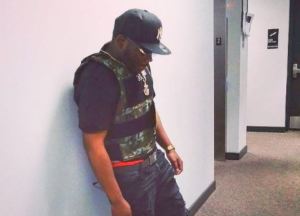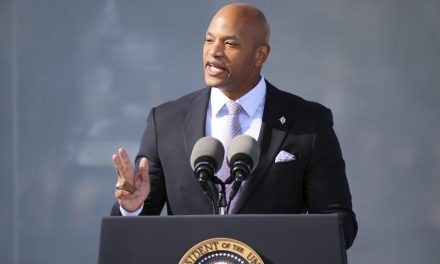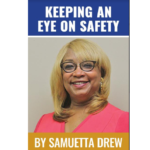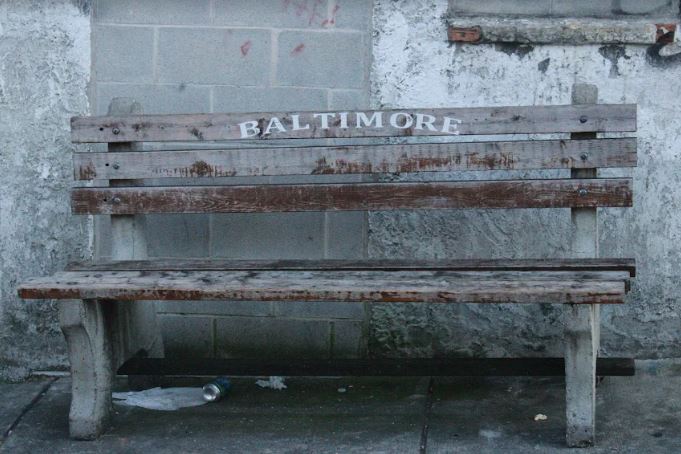
By Julianne Hill, Caitlyn Hutabarat and Amira Horowitz
After Jordan DeVega’s grandmother died when he was 16, leaving him without a legal guardian, he was moved in and out of foster care and group homes in New York City for several months.
When members of his extended family learned of his troubles, they brought him back to their home in Baltimore and provided him a stable place to live.
But by the time he was 18, DeVega was fighting depression. He dropped out of school, wasn’t working, and spent his days on the couch playing video games, smoking cigarettes and weed.
“I was hard-headed and was not listening to my elders, fighting a lot,” said DeVega, now 22 and living in Baltimore.
One morning after a particularly bad fight, his family had enough. They told DeVega to pack his things, then dropped him off at the Weinberg House and Resource Center, an emergency shelter in Baltimore City, he said.
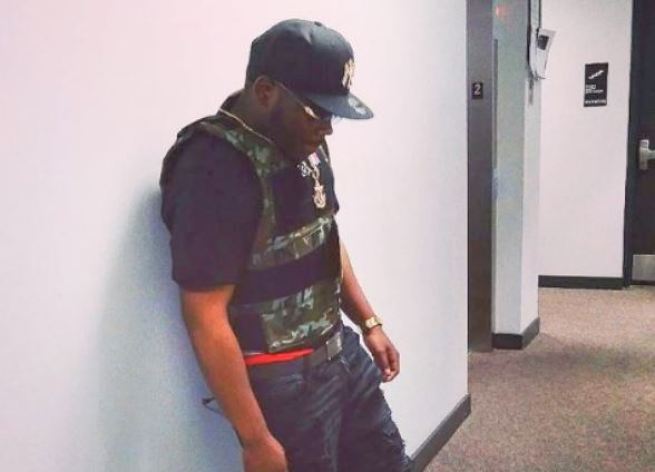
“The anxiety and depression hit me immediately,” he said. “My heart was racing nonstop for days.”
DeVega’s story is common. For many unaccompanied youth, housing insecurity typically results after conflicts within their family, said Nathaniel Fields, executive director of Youth Empowered Society, a Baltimore drop-in center that aims to help homeless youth form and sustain connections to long-term resources and opportunities. Nationwide, about 550,000 youth under 24 years old experience homelessness for longer than a week each year, according to the National Alliance for Ending Homelessness. Numbers reflecting changes post-pandemic are expected out next year.
In Maryland, 17,601 of the state’s 894,000 public school students were experiencing homelessness as of January 2020, according to the U.S. Interagency Council on Homelessness. Additionally, 227 young adults between the ages of 18 to 24 were unaccompanied.
“Families don’t have adequate resources or they don’t know what to do,” Fields said. “They usually push them to the streets. They’re no longer enabling that person.”
Homelessness is defined as having a nighttime residence not meant for human habitation, according to the U.S. Department of Housing and Urban Development. This includes people living at emergency shelters or transitional housing, as DeVaga did, or who are leaving an institution where they temporarily resided, such as a jail, nursing home or hospital.
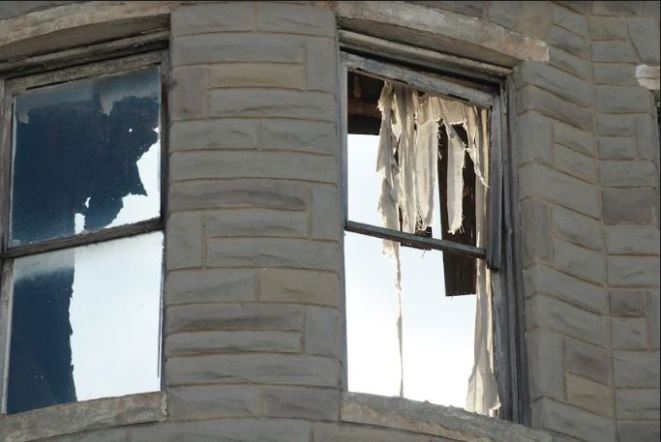
“People’s view of homelessness is that these are older people,” said Dr. Georges Benjamin, a physician and former health secretary of Maryland who is executive director of the American Public Health Association in Washington, D.C. “Really, the face of homelessness our kids, and there’s far too many of these kids that are homeless.”
Without stable housing, receiving any health services–including mental health care–becomes more complicated.
“You don’t have a regular source of health care. You spend your day searching for food,” APHA’s Benjamin said. “And quite frankly, living in a homeless shelter can be very traumatic.”
For DeVega, life in the shelter was difficult. He often woke up to other residents fistfighting. Once, he saw another resident get stabbed.
“It was nerve wracking,” he said. “I didn’t know what was going to happen to me. I had so many worries and fears.”
Trauma experienced while homeless leads to higher rates of mental health problems, suicide attempts, and drug abuse in youth compared to their peers, according to the Substance Abuse and Mental Health Services Administration.
Lack of insurance and age become barriers to receiving mental health care. Without access to treatment and prescribed medication for mental health issues, homeless people often turn to street drugs.
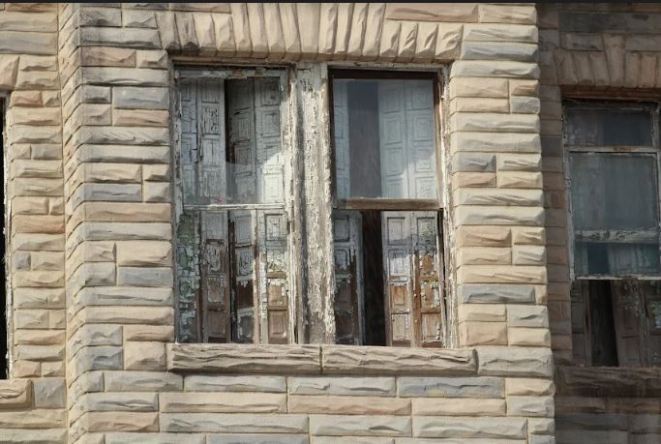
Though DeVega used marijuana and tobacco as coping mechanisms for his anxiety and depression, “I don’t mess with other drugs,” he said.
He’s lucky. Homeless youth have substantially higher rates of mental health issues and substance abuse than peers who have stable housing, according to many studies. About 30% of all people who are chronically homeless have mental health conditions and about 50% have co-occurring substance use problems, according to SAMHSA.
Even when homeless youth receive mental health care, follow=up can be difficult. “You can’t call or text them, and you can’t get them the services they need,” Fields said.
DeVega found support through a caseworker who helped him navigate the way forward.
“She was a breath of fresh air, and she kept me sane,” DeVega said. “I couldn’t call my family members, but seeing her is what I looked forward to every day. She made sure I took care of things I could take care of.”
That led DeVega to join the Baltimore City Youth Advisory Board, part of the city’s Continuum of Care overseen by the Mayor’s Office of Homelessness Services, which focuses on improving services and creating solutions for youth homelessness.
Through those meetings, held once or twice a month, DeVega learned how to solve his problems on his own.
“When you’re homeless, you have to be your own motivation. Essentially you are by yourself,” he said. “I had to get off my butt and make things happen.”
In 2017, DeVega got his own apartment in Baltimore. A few months later he started working for Elite Security at a trauma center.
“Life is so much better now,” he said. “I’ve come a long way. My biggest achievement is coming out of the homeless shelter and getting my own apartment. I am proud of myself.”
Julianne Hill is Urban Health Media Project’s managing editor. Caitlyn Hutabarat and Amira Horowitz are high school students who participated in UHMP’s summer reporting boot camp. UHMP Intern Aileen Delgado contributed to this story.
Help us Continue to tell OUR Story and join the AFRO family as a member – subscribers are now members! Join here!
The post Homeless, Anxious, Depressed and Young appeared first on AFRO American Newspapers .

